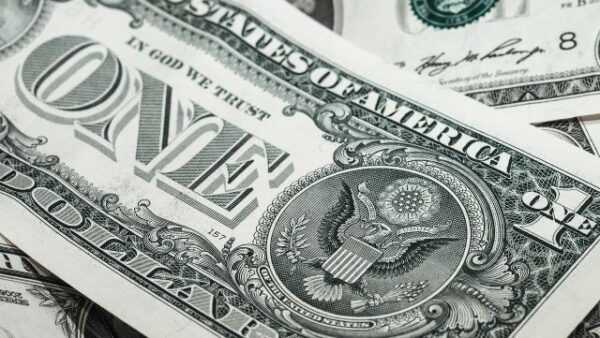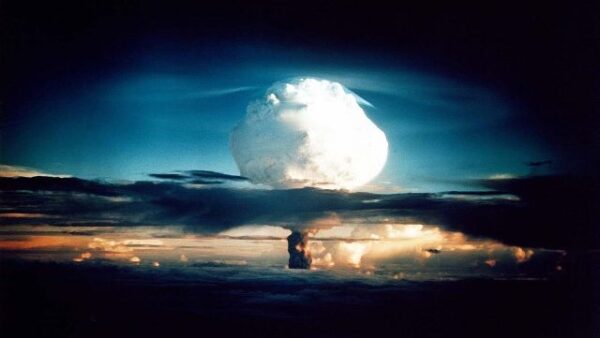The Origins of Economic Collapse
The Great Depression began on “Black Tuesday”, October 29, 1929 when the stock market crashed, losing 23% of its value overnight. This devastating event was the culmination of excessive speculation, overextended credit, and economic imbalance that had been building for years. When the market collapsed, it sent shockwaves through the global economy and ushered in a period of severe worldwide economic downturn.
Banks Fail as Money Supplies Dries Up
In the aftermath of the crash, numerous banks failed as panicking investors withdrew their deposits. The collapse of so many financial institutions led to a massive contraction of the money supply. With credit scarce and currency tight, businesses struggled to operate and workers had little money to spend, further dragging down economic activity.
Protectionism Prolonged the Pain
Countries responded to the crisis by erecting trade barriers like tariffs in a misguided attempt at protection. The 1930 Smoot-Hawley Tariff Act in the U.S. significantly raised import taxes and triggered retaliation from trading partners. This hindrance of international commerce exacerbated the global scale of the economic crisis.
Drought Devastates Farmers and Communities
At the same time, the central United States was ravaged by the Dust Bowl – a period of severe drought and soil erosion. Crops failed as dust storms darkened skies, forcing many farmers off their land. The agricultural collapse displaced millions and deepened the pain across rural America.
A combination of these factors plunged the world into the Great Depression. For the majority of people, the 1930s brought years of suffering as the economic storm refused to pass.
Hardship and Resilience in the Face of Adversity
Times were incredibly hard as unemployment skyrocketed past 20% in some countries. For many families, putting food on the table was a daily struggle. Yet in spite of the challenges, communities also came together in solidarity. Soup kitchens and charity organizations helped those hit hardest by poverty and lack of work.
On the cultural front, films, books and music that captured the spirit of the era became enormously popular. Artists channeled the mood of social realism while entertainers brought moments of joyous escape. Through these creative works, the resilience of the human experience shone through even in the depths of crisis.
Innovators Identify New Opportunities
While the Depression devastated the majority, it also presented unique opportunities that some innovative entrepreneurs seized. Those able to identify emerging needs found success in industries like inexpensive consumer goods, national radio programs, and Hollywood films as people sought affordable entertainment. Investors who shorted stocks or invested counter-cyclically also realized substantial profits.
Government Steps In to Stimulate Recovery
Recovery began as Roosevelt launched New Deal programs to boost employment and consumer spending through projects like the Works Progress Administration. His reassurance that “the only thing we have to fear is fear itself” helped stabilize the crisis of confidence. World War II demand finally pulled America out of recession by 1941, putting millions to work in wartime industrial production. However, it took coordinated policy efforts and years for the global effects of the Depression to fully fade.
Legacy of Economic Lessons Learned
The 1920s stock mania, bank failures, and lack of initial policy response help explain why the Great Depression was so deep and prolonged. In the aftermath, governments adopted reforms like Deposit Insurance, stricter banking regulations and Keynesian economic theory favoring active fiscal policy counter-cycles. While human resilience and innovation triumphed over the hard times, the Depression left an indelible mark as a cautionary tale of the fragility of the global economy without prudent safeguards. Its legacy continues to shape modern policy thinking regarding recessions and their psychological and societal costs
The story of the Great Depression demonstrates both the immense challenges societies can face as well as the power of human perseverance in overcoming even our most difficult moments in history. By drawing wisdom from past errors, may we work to build a more equitable and stable economic system for all.
For a more in-depth exploration of the Great Depression, you can visit Wikipedia’s page on the Great Depression.

Originally posted 2023-09-13 10:53:00.




